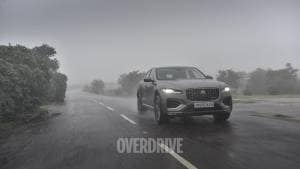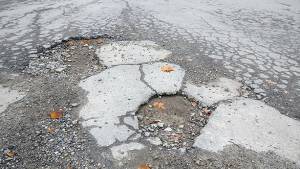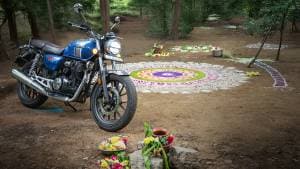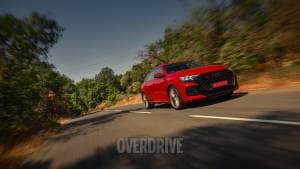Better Riding: Quick decisions make for a faster, safer ride
When I started riding my RD350 for the very first time, it was being run-in and the front brake pads had gone for resurfacing. It was not the most memorable of rides, needless to say, but it did teach me about making decisions.
Being able to go swiftly and safely through traffic, as we have discussed many times on these pages, is an art. And a large part of the beauty of it when you get it right lies in your decisions. Decisions to slow down and pass a vehicle from its other side. Or the decision to allow something to go past you creating a bigger gap for you to exploit. Or indeed, deciding which lane to tackle a particular stretch of heavy traffic in.
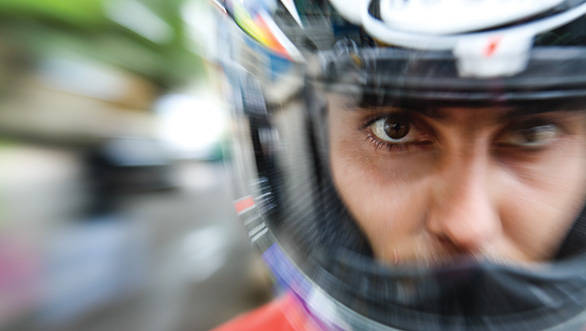 Eyes should collect as much data as possible. Peripheral vision, mirrors and foveal vision must all be at work
Eyes should collect as much data as possible. Peripheral vision, mirrors and foveal vision must all be at work
But examine the decision making process closer. The first step is the data you are basing your decision on. The reason they say dirtbikes or dirtbike based bikes are superior in traffic is because you sit taller and can see more and so usually end up with better data to make decisions with. But data collection is an active process. Your eyes need to be in scan mode. Flicking from side to side, aware of the objects in your peripheral vision, identifying hazards and opportunities quickly and efficiently. You also need to take in what is in your mirrors.
How do you work on this end of the skill? I do it by trying to be as intensely aware of my surroundings as possible. Sort of like a superspy in a novel. Over time I find I notice my world in great detail and this can be a source of hilarity as well as embarrassment but on a motorcycle it allows me to slice through traffic while keeping my safety envelope as large as I like.
Then comes the art of picking the gaps itself. This is harder to work on. But this has a lot to do with your ability to predict the behaviour of the vehicles ahead of you. My thumb rules say this: I won't pass a vehicle from the side where its bodywork shows the most damage. Chances are that is the side the driver is least aware of. I won't enter a gap that is closing on me even when I have the acceleration or speed to pass through it before it closes. A good clue here are the steered wheels, they will react before the vehicle follows. And that movement is easy to spot. And there's a hard to define threshold of traffic density at which point, I will substantially stop trying to get ahead and simply merge in to traffic because the effort needed to get ahead versus actual progress is just pointless.
But the most critical thing about decision making in traffic is that you need to decide quickly and then follow the course you've set. Dilly-dallying is dangerous. I've seen a rider come around a corner and spot two cows crossing the road, one from the left going right and the other one right to left. He decided that speeding up would allow him to go through between them, but his drum brakes wouldn't be able to stop the bike in time. It was the right decision and he passed between the cows with more than a foot on each side to spare. If he had changed his mind, or not accelerated full-hard, or tried to brake, he would have hit at least one of the cows.
Making that decision clears up space in your head to start scanning again and begin the process of the next decision. It's this ability that makes motorcyclists great from good. And it's critical if you are riding a machine with big power.
